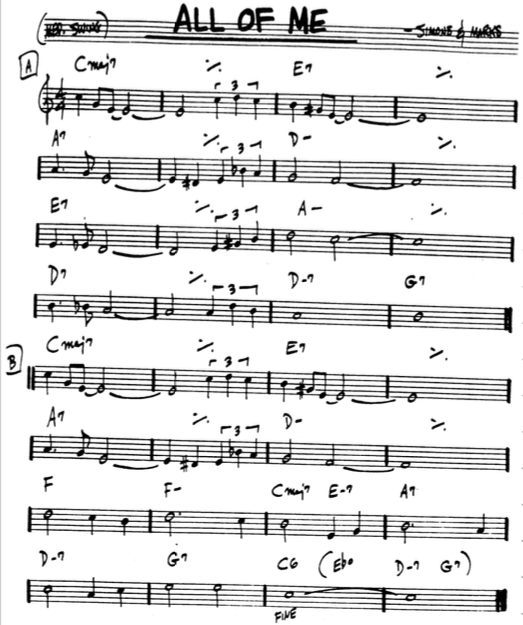

TIP: A major reason that G7 and Db7 (and other dominant 7ths a tritone apart) can substitute so well for each other is that they actually share the same 3rd and 7th (guide tones). You can substitute any V-I chord progression with a tritone sub, or a dominant 7th chord 1 half-step above the 1 This takes the place of where the 5 chord would typically be.Īn example of this in the key of C would be a Db7 chord in the place of a G7, resolving to Cmaj7. It consists of a dominant 7th chord one half-step above our goal chord: the 1.

This is commonly called the tritone substitute. This is by far one of the most commonly used techniques in jazz piano chord substitutions.

However, if you wanted a more unique journey or experience, you might decide to take alternate or side routes to get there. Many times there is a common road or highway that most people take to get to that destination. If you were to embark on a road trip, you might have a specific final destination in mind. However, I’ll let you in on a little secret: there are several other chord progressions out there that also get us to that 1 other than the famous 2 and 5 🤔. That’s because the 2 and the 5 work together as a unit to create the strongest possible pull to our final goal chord: the 1. After all, it’s the single most common chord progression in traditional jazz. It’s not hard for a jazz student to discover the 2-5-1 chord progression. That’s why in this lesson we are going to discuss simple but effective ways to create hip jazz piano chord substitutions. It’s no surprise why, since these chord subs open the door to so many new ways of personal expression. If you’re familiar with the jazz world, you’ve probably noticed that jazz musicians love chord substitutions! In fact, these days, jazz on the internet and social media can’t get enough of complex jazz harmony and substitution chords.


 0 kommentar(er)
0 kommentar(er)
